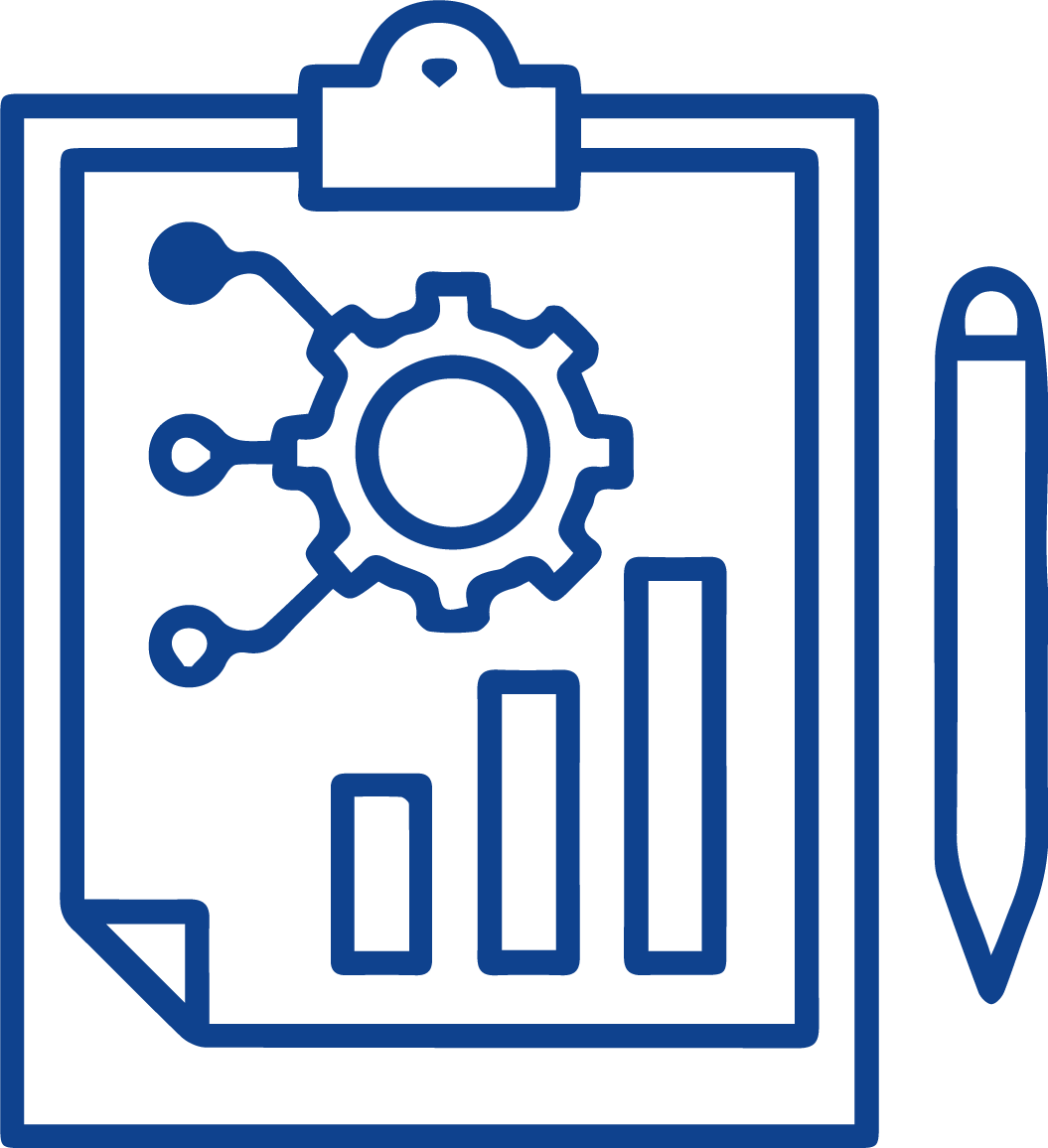Tensegrity, for tensional integrity, is a structural principle whereby solid components such as bars or struts are bound together by cables so that the components are subject to compression forces while the cables are subject to tension forces. Tensegrity is used to design large-span structures such as bridges and domes, deployable structures in the aerospace field or novel soft robots.
The authors propose a general approach for the design of active tensegrity structures, that is, equipped with actuators that can actively adapt to external loads. Such active structures use less material than passive ones, thus have smaller masses.
An optimization model is designed where the variables on structure and actuators are continuous or binary, and nonlinear constraints are involved. The result is a mixed-integer nonlinear program (MINLP) that minimizes the total mass of the system while maintaining structural stability. Using this approach, three typical active tensegrity structures are designed: a cantilever beam, a dome and a pedestrian bridge.
The authors use the Branch-and-Bound and the interior-point algorithms of Artelys Knitro to solve the MINLP with all parameters set as default, and adopt the multi-start feature to improve the solution quality. On all three case studies, the authors reach up to 40% mass reductions and prestress levels are decreased by up to 60% when compared to the equivalent passive designs.
This work extends the application of mathematical programming techniques in the structural engineering field. The proposed methodology has great potential and application value for future lightweight and low-carbon engineering structural design to reduce the environmental impact of architecture and buildings.
Start with a tutorial!
You’re not familiar with nonlinear optimization? This tutorial will present some examples of nonlinear problems for various applications. You will discover nonlinear programming methods using the Artelys Knitro solver in a Python notebook, through different examples.
Free trial
Get your trial license to test Artelys Knitro’s performances on your own mathematical optimization problem. The trial package includes free support and maintenance. You can have access to Artelys Knitro for free with a 1-month unlimited version or a 6-month limited version.
Artelys Knitro has unmatched performance

Best Nonlinear Solver
Artelys Knitro has been ranked every year by public benchmarks consistently showing Artelys Knitro finds both feasible and proven optimal solutions faster than competing solvers.

Technical support
The Artelys technical support team comprises Artelys’consultants (PhD-level) who are used to solving the most difficult problems and deploying enterprise-wide optimization solutions. They can advise on algorithmic or software features that may result in enhanced performance in your usage of Artelys Knitro.

Updates and new features
The development team works continuously to provide two releases of Artelys Knitro every year. Based on feedback, we always improve our solver to meet users’ requirements and need to solve larger models faster.
© ARTELYS • All rights reserved • Legal mentions